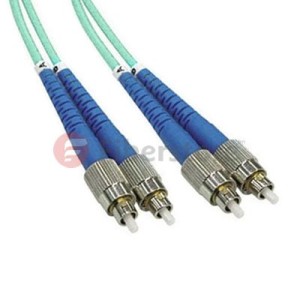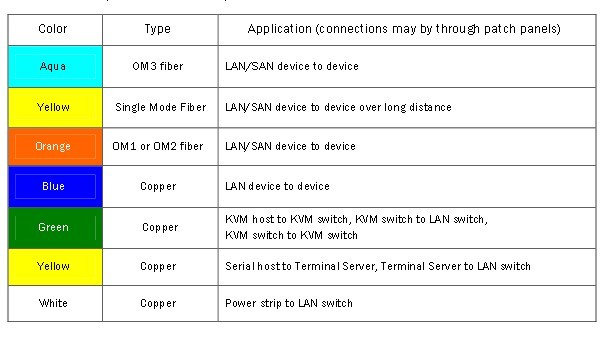Fiber-optic broadband access as a mainstream way to communicate with a large capacity, long-distance relay, good performance, adaptable, small size, light weight, low raw material prices and other advantages of wide sources confidential, the future of broadband Internet access applications can be expected to be very extensive. When we use the access fiber to the city, we have to apply to the fiber jumpers, fiber optic patch cords from the device used to make the fiber optic cabling link. Has a thick layer of protection, generally used in the connection between the Optical and terminal box.
Like the RJ-45 as easily, 3M VolitionVF-45 jacks and vf45 fiber patch cord are the latest fiber-optic network to the desktop duplex fiber optic interconnection, VF-45 plug and socket 8-pin modular jacks work like like to bring fiber applications and RJ simplicity of the interface as -45. VF-45 socket wiring board can be terminated on site and building horizontal cabling between telecommunications, takes less than one minute, two-core fiber can be terminated.
Fiber optic patch cords from the device used to make the fiber optic cabling link. Has a thick layer of protection, generally used in the connection between the Optical and terminal box. And press the connector fiber optic patch cords can be divided into: FC patch cords, ST patch cords, SC patch cords, LC patch cords, MU patch cords, MPO/MTP fiber optic patch cord , E2000 patch cords, MTRJ patch cords, SMA patch cords, etc.
The physical connection between the connecting hardware and the high-speed LAN/WAN or telecommunications equipment is through fiber optic patch cords. fiber optic patch cords are used to facilitate fast and easy moves, changes, or additions to the high-speed LAN/WAN at the wiring closet. They also make the connection to user equipment such as high-speed LAN/WAN interface cards at the desktop.
It is debatable whether patch cables can be considered a part of the structured wiring system. By definition, they are not because their use changes as the needs of the high-speed LAN/WAN users change. But they are so well defined by the ANSI/TIA/EIA-T568-A standard that it is an easy intellectual jump to include them in any dicussion of structured wiring.
You should not minimize the quality and performance of the patch cables you use for connecting to your patch panels and wall plates. They are as important as any other component in your structured cabling system.
Patch cord, by their very nature, are intended to be moved and flexed. For this reason, patch cables should be made from cable with stranded conductors, which offer a much greater flex life and are better suited for this application than solid conductors. Fiber jumpers and jumper twisted pair is the same use, multi-turn for the wiring. Changing the direction of the line layout. Because jumpers softer than light. And folding high.
You must take into account the length of the patch cables when planning your installation. As stated earlier, the maximum horizontal cable run cannot exceed 90 meters (285 feet). In addition, the EIA/TIA T568 standard allows for a maxium patch cable length of six meters (20 feet) in the wiring closet and three meters (ten feet) at the workstation outlet. The main horizontal cable run must be reduced by the excess amount so as not to exceed an overall length of 100 meters, including both horizontal cabling and patch cables if either of these lengths is exceeded. Another decision you will need to make concerning patch cables is whether to purchase them preassembled or to built them yourself. On the surface, building your own may seem like a way to save money, but of all the components in a structured wiring system, patch cables are probably the most difficult and time-consuming to assemble.
You will need three things to assemble your own patch cords: the proper cable, the proper connectors, and the proper crimp tool. The cable you choose must meet all of the mechanical, electrical, and performance specifications of the cable. In addition, you shoud choose the cable type and color based on the previous discussion.
If you are interested in using fiber optic, welcome to our fiberstore to buy related products, such as fiber optic cable, fiber optic connectors, fiber optic jumpers, etc. and even you can buy online. http://www.fiberstore.com/
Article source:http://www.fiber-optical-networking.com/


